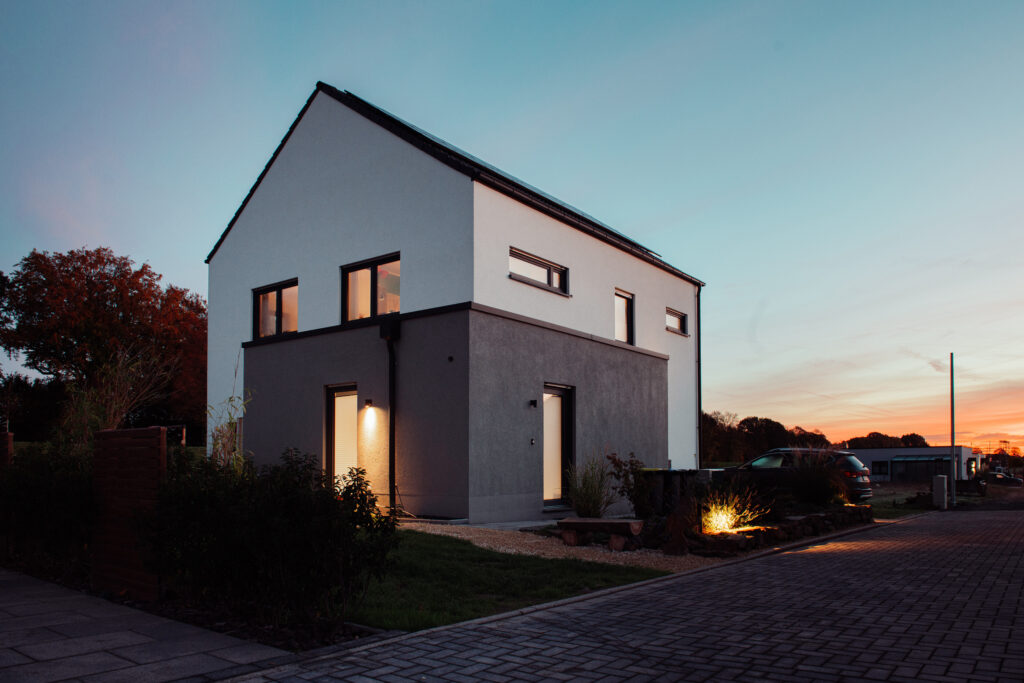Building airtight structures has become a fundamental aspect of modern construction. This guide will delve into the best practices for airtight construction, providing valuable insights for both professionals and homeowners.
Understanding how to properly manage passive home humidity levels is a crucial part of this process. Let’s explore this further.
Understanding the Importance of Airtightness
Airtightness in construction refers to the reduction of air leakage through the building envelope. It’s a key factor in achieving energy efficiency and maintaining optimal indoor air quality. For more on this, you can explore the concept of a passive house.
Key Steps in Achieving Airtight Construction
There are several steps to ensure airtightness in construction. These include careful planning, using the right materials, and conducting airtightness tests.
Materials for Airtight Construction
Choosing the right materials is crucial in achieving airtight construction. These materials include airtight membranes, tapes, and sealants. They should be durable, resistant to aging, and able to withstand the rigors of the construction process.
Testing for Airtightness
Once the building is constructed, it’s essential to conduct airtightness tests. These tests help identify any leaks or weak points in the building envelope that need to be addressed.
To ensure safety and efficiency in your airtight home, you may want to use long solar cable safely and learn how to manage condensation safely. These practices will further enhance your home’s energy efficiency and comfort.






